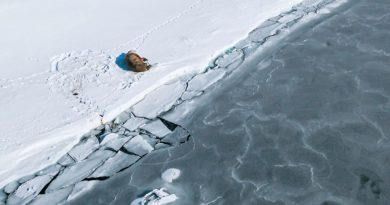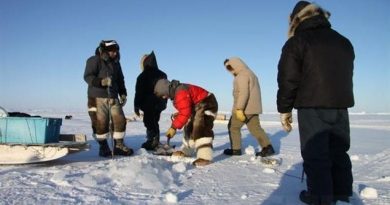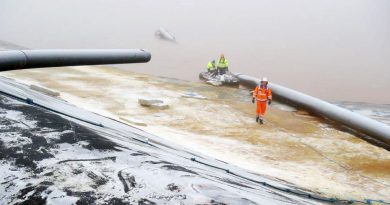Alaska drilling, China, and the Arctic Council handover to Iceland : Northern news to watch for in 2019
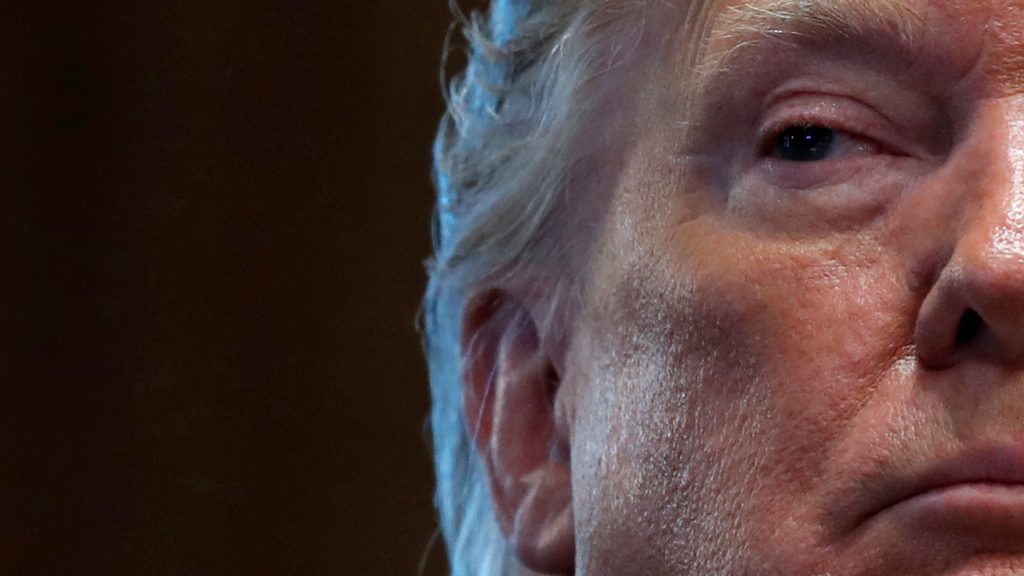
All year long, Eye on the Arctic brings you news, and newsmakers, from around the North.
But as 2019 gets underway, we’ve taken a pause to check in with our Eye on the Arctic expert bloggers to get their take on the past year in Arctic news and what northern news junkies should be watching for in the months ahead.
In this instalment, we spoke with Mia Bennett, who writes and runs the Cryopolitics Arctic news and analysis blog and is an assistant professor at the University of Hong Kong.
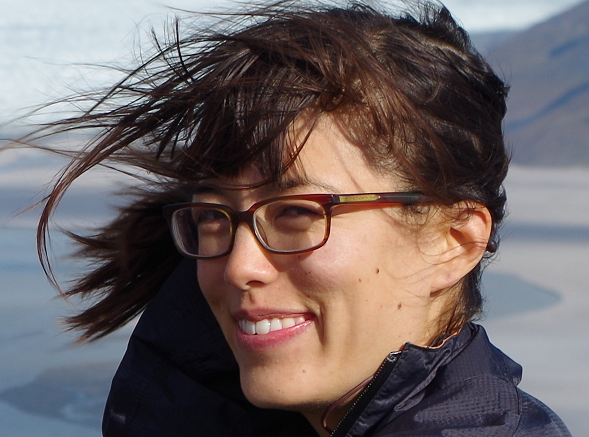
Eye on the Arctic: How did Arctic news coverage change in 2018 compared to other years?
Mia Bennett: I think we’re staring to see more coverage of a range of issues than in the past. Stories are no longer just about climate change and oil and gas extraction. We’re starting to see more topics like the rise of China and insightful pieces on Indigenous communities.
One story that comes to mind was in National Geographic (in November) on the diversity of Alaska native communities. There were photos of people just hanging out in the sauna, playing around, chopping muktuk (whale blubber). I think stories like this help put a human face on the Arctic. And the story was also rather happy for a change instead of another depressing story of climate change adaptation or the kind of colonial trauma these communities have been going through. Those stories, of course, have to be told, but that these other (positive) stories are finally getting out is really nice to see.
What were your two top Arctic stories this year?
China’s Arctic policy: This attracted a lot of attention for good reason. It’s the first time China has finalized its policy up north. It talks about the government’s interest in arctic science, protecting the environment, developing arctic resources and getting involved in the governance of the Arctic. So it really shows that China’s here to stay in a very formal way. But I think this has provoked, in the media, a certain degree of unwarrented Sinophobia.
One headline in the Wall Street Journal said New Cold War? China Declares Itself a ‘Near-Arctic State. So we’re seeing these tropes repeat themselves of ‘Cold War in the Arctic’ but only now it’s China that’s the bogeyman, not Russia.
(The White Paper) was a big story but the reaction was a little over the top, and not just from the media. In another related story, there was the decision in Greenland to accept funding for the airports it wants to revamp and build up from the Danish government rather than potentially accept a loan from China. There’s rumours that the Greenlandic government did this under pressure from Copenhagen and also the U.S. So there’s a lot of worry about what China is going to do now in the future in the Arctic and we’re seeing that play out in different ways both in the media and politically.
Open water north of Greenland: Some of the oldest, thickest sea ice, part of the so-called permanent ice pack north of Greenland melted this year, which is a phenomenon that hasn’t really been seen before. Now you’re having open water touching the north coast of Greenland, which for scientists is quite shocking and quite scary to see. The melting of the ice pack up there, and the Greenland ice sheet as well, is happening at rates we haven’t seen and every year it gets worse.
Was there any Arctic issue or event that you felt was overlooked, underreported and that just didn’t get the attention it deserved in 2018?
Arctic Indigenous cookbook wins international award: A cookbook project called EALLU funded by a working group within the Arctic Council won best cookbook of the year at this quite prestigious competition. It shows the Arctic Council is doing good work. That the cookbook could win such a prestigious award is really a testament to the efforts of the Arctic Council and the people living in the Arctic to put their culture on the world stage. I think (the story) was overlooked. It goes against this narrative of the Arctic as a clash between different nations and borders and instead you see Indigenous peoples working across these very borders. So it was a very uplifting story.
Looking ahead to Arctic news in 2019 – what are two or three of the big stories or issues you’ll be following or watching for?
Potential for ever more resource development: : This year production at the Mary River Mine on Baffin Island, Canada had a record year for shipping out iron ore. This is the largest, ever shipping program undertaken in the Canadian High Arctic. You had iron ore not only going to Europe, but also to Asia. And quite surprisingly, that iron ore didn’t go through the Northwest Passage, but rather went all the way to Asia from Canada by the Northern Sea Route. And the company operating this mine, Baffinland, wants to further scale up iron ore shipping next summer. We’re starting to see resources far beyond oil and gas getting actually getting developed in the North and being connected into Asian markets so this is certainly something to watch for in 2019.
Drill or no drill? Trump & Alaska’s Arctic National Wildlife Refuge (ANWR): Will the Trump administration issue leases in ANWR next year? I think this is still up in the air. A lot is riding on whether the government can carry out seismic surveys that are necessary before leasing can happen. There’s been a lot of controversy over those surveys and whether they might harm polar bears. So certainly something to keep an eye on in Alaska.
China’s Xuelong 2 icebreaker: China’s first home-built icebreaker (Xuelong 1 was built in Ukraine) will come into service in Arctic and Antarctic waters in 2019.
Arctic Council ministerial in May 2019: Finland will hand over the Arctic Council chairmanship to Iceland. And I think with the start of the Iceland chairmanship we’ll start to see probably more of a focus on the oceans, the coastal Arctic and maritime issues as opposed to what Finland’s done. So interesting geographical shifts there to watch for.
The above Q&A has been edited and abridged.
Listen to the full Eye on the Arctic interview with Mia Bennett:
Mia Bennett’s Eye on the Arctic blogs can be found here.
Write to Eilís Quinn at eilis.quinn(at)cbc.ca

